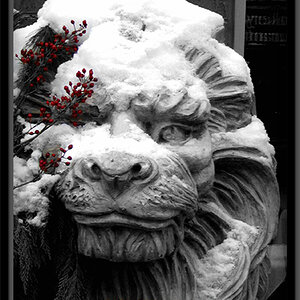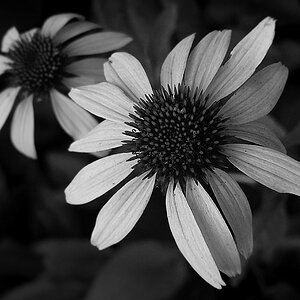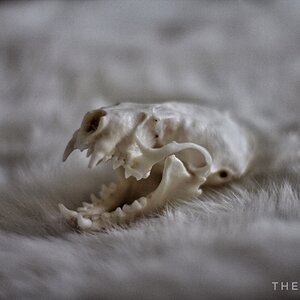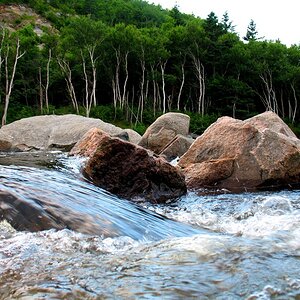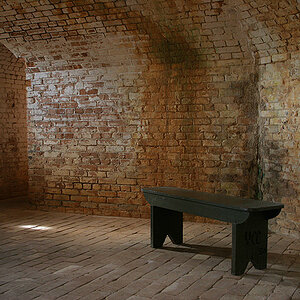Craig H.
TPF Noob!
I have a Pentax MZ3, and it looks like I cant manually keep the shutter open. I am wanting to take some Milky Way shots. I can push the ISO to 3200 and use Portra 800, (yea it will be a bit grainy), however I am lost with the manual shutter...am I missing something or is this the wrong camera?


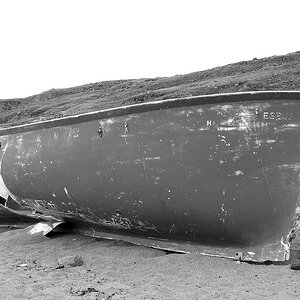

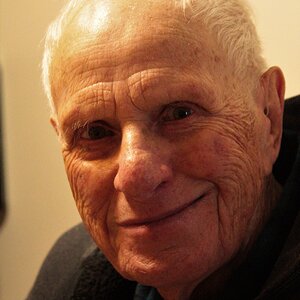
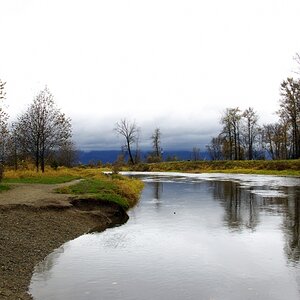
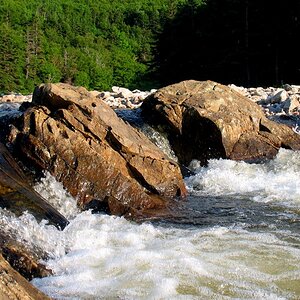
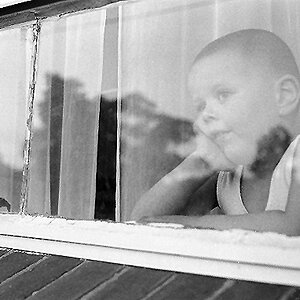
![[No title]](/data/xfmg/thumbnail/38/38263-ad5e4c9e677626ddb5b1e7cdf9ebe40e.jpg?1619738548)
